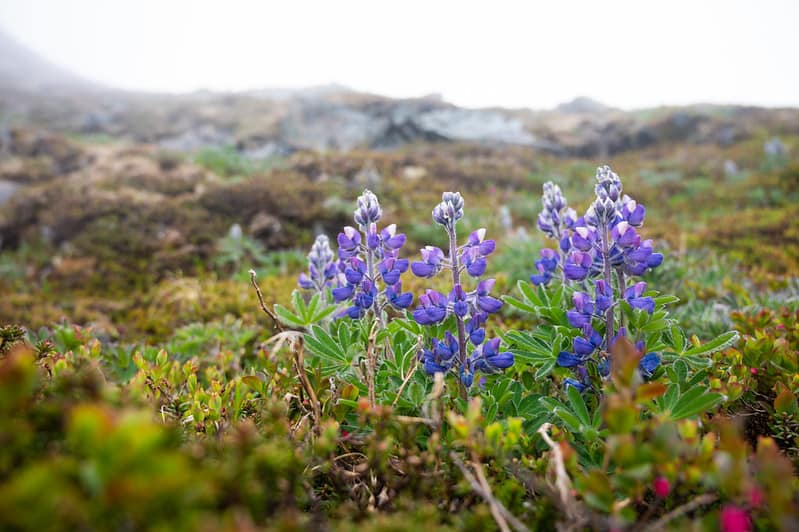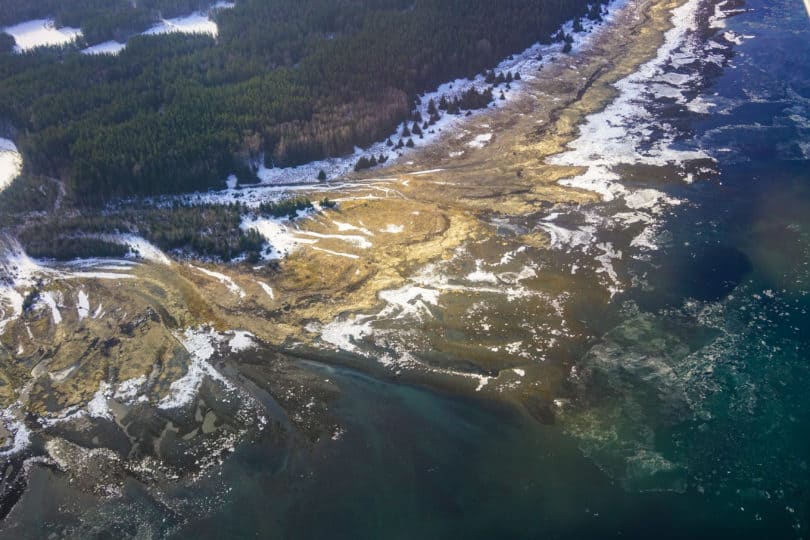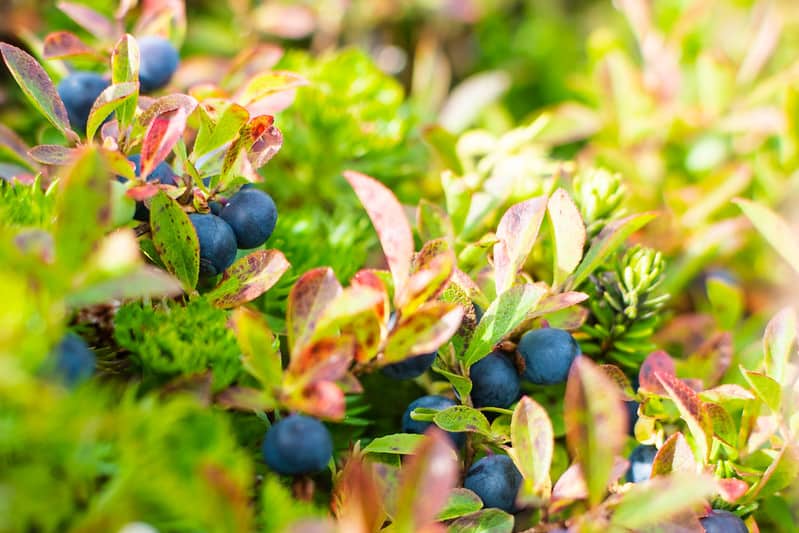Pre-commercial thinning provides valuable resource benefits for timber industry, wildlife habitat, and subsistence resources. It is critical for creating growing conditions that accelerate growth and development of the structural integrity and species diversity of a previously harvested stand, features important to creating economically viable timber, as well as crucial habitat for a variety of Tongass wildlife. However, the Tongass National Forest is currently unable to address these thinning needs at scale – an estimated 85,000 acres are in need of treatment, but due to programmatic challenges, only a fraction of the total is being met.
In 2020, the State of Alaska convened a pre-commercial thinning task force to develop recommendations for how to improve and expand the US Forest Service’s pre-commercial thinning program in Southeast Alaska, ultimately improving future management of young growth forests.
The recommendations report from this process, in addition to other pre-commerical thinning resources, are linked below.

PCT Recommendations Report
The PCT Task Force identified opportunities for addressing challenges associated with implementing thinning projects on the Tongass National Forest. These proposed changes are detailed in their recommendations report.

PCT Executive Summary
The PCT Task Force prioritized their list of recommendations based on those that have the highest likelihood of improving the PCT program in the short term and that can make the most impact. These priority areas for action and near-term implementation actions are outlined in the executive summary.

PCT Resource Library
The value of PCT is well-documented, illustrating its benefits to timber and wildlife habitat. Terra Verde, Inc. developed a series of easy to understand infographics and resources outlining the science behind PCT.
